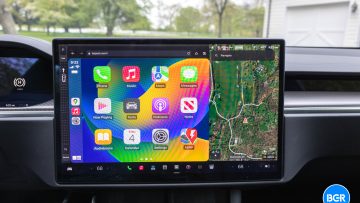The actors in CSI make it look easy to determine a dead body’s time of death. But it’s actually much harder than you might think. In fact, there aren’t any real tools to help determine exactly when someone died, but a new AI crime scene investigation tool could soon change that.
The tool is called geoFOR, and it is partly a database of information gathered from previously discovered bodies and partly an AI-powered tool that can capture details about new cases and then determine a time of death for the bodies involved. The tool is currently in development, with two scientists from Clemson University working to improve its capabilities.
Hudson Smith, one of these two scientists, works on the technical side of the new AI CSI tool. He says that he was shocked to learn that the tools and ease of determining the time of death in TV shows and films aren’t anywhere near realistic. Because of this, he thought that a tool should be available to help take that determination beyond being just a “gut feeling.”

Katherine Weisensee, who is also working on geoFOR and has consulted with police forces in the past, says that using AI and the data found in geoFOR can help improve those predictions. So far, it seems to be working pretty well. The tool has been loaded with data from more than 3,200 cases, making it more accurate and adaptable.
To calculate the time of death, the AI crime scene investigation tool takes data like the body’s precise location, estimated size, and even details on whether it was found indoors or outdoors, as well as the condition it was found in, to determine the time of death. It also looks at whether the presence of maggots can be seen, whether flies or beetles are around, and other simple medical questions.
So far, the researchers have detailed geoFOR’s capabilities in a study preprinted on arXiv. It’s still a long way from being used widely to determine the time to death in active cases. However, having a tool like this showcases just how useful AI can be in the right circumstances. Of course, this kind of AI is a bit different than the AI we see powering futuristic AI butlers or even the latest models of ChatGPT, as it is trained to do one specific thing, making it much more focused.








